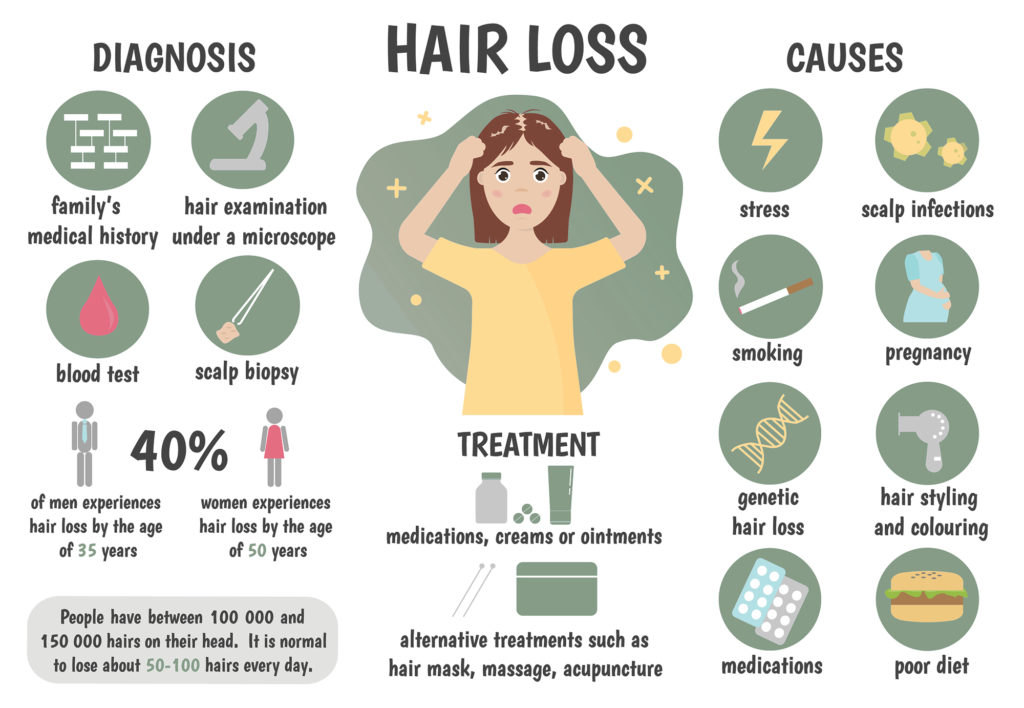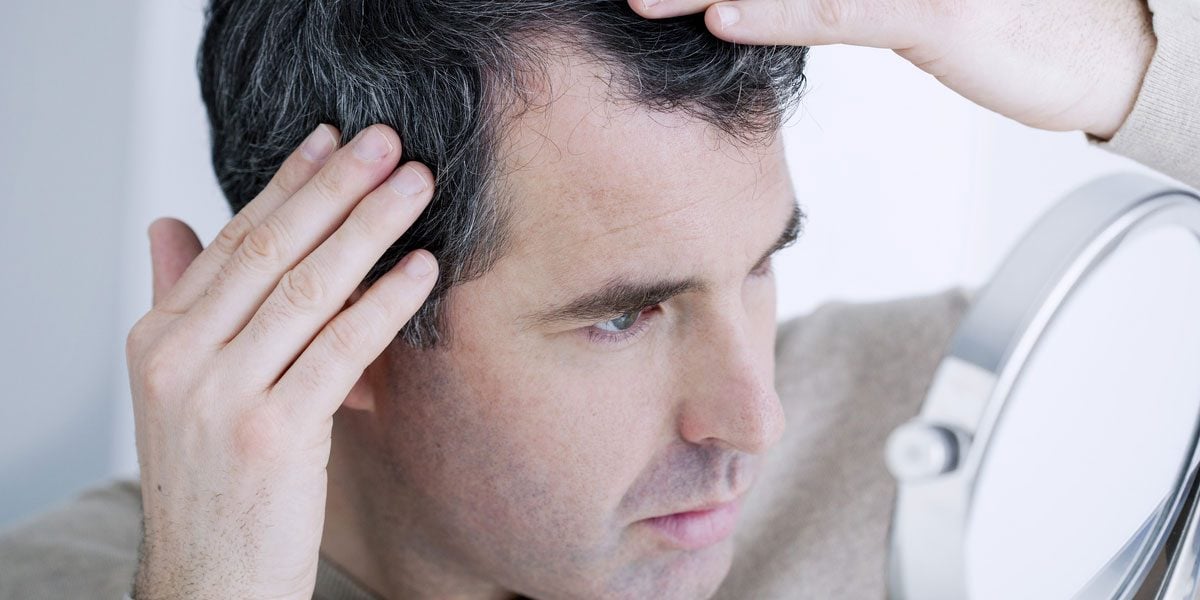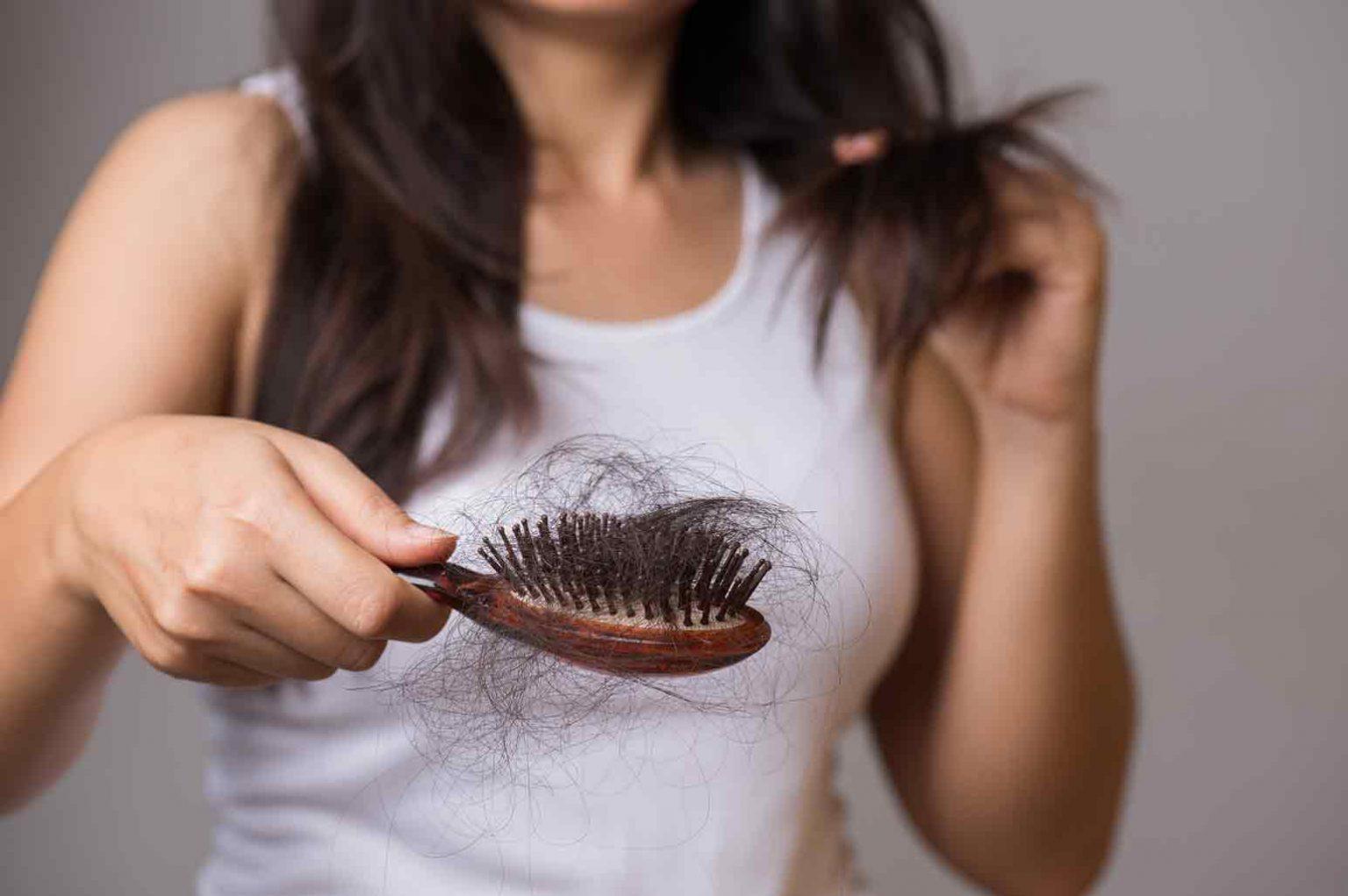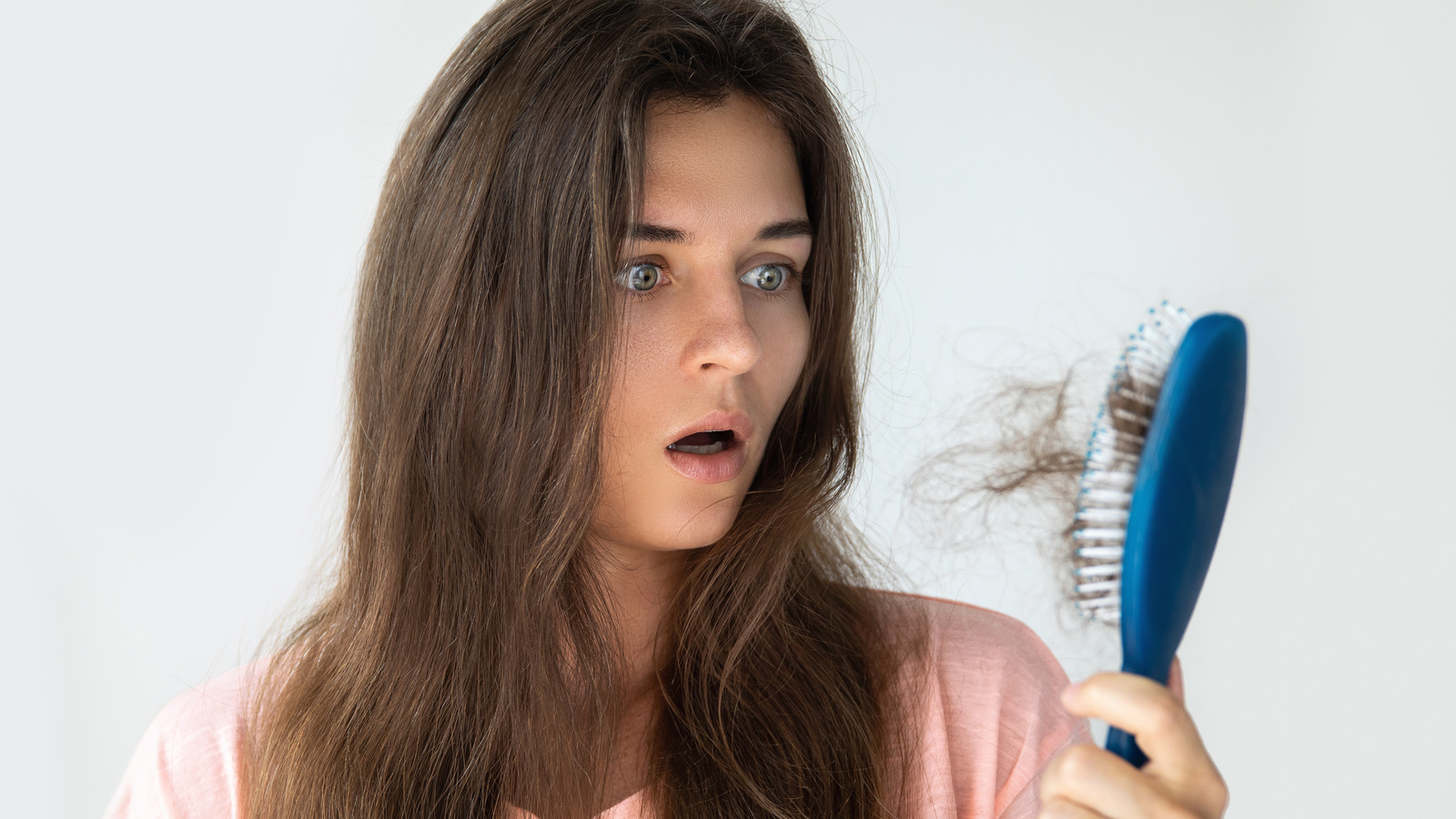Table Of Content

Even though the exact cause of androgenetic alopecia is unknown, genetics and environmental factors may contribute. Alopecia areata is an autoimmune disease in which the immune system attacks hair follicles. It may affect up to nearly 7 million people in the United States and occurs in all genders, ages, and ethnicities. The cause is unknown, but it may be triggered by stress or illness, Dr. Goldenberg says. This is diagnosed by observing the pattern of hair loss or blood tests.
28 best hair growth products for thinning hair - TODAY
28 best hair growth products for thinning hair.
Posted: Thu, 04 Apr 2024 07:00:00 GMT [source]
Traction alopecia
Some people may experience excessive hair loss shortly after giving birth. This type of hair loss is a temporary condition and usually resolves within a year or sooner. Physical, mental, or emotional stress, along with certain medications, can cause larger-than-normal amounts of hair follicles to push into the resting phase of the hair cycle. When this occurs, as much as 70% of scalp hair can fall out, often in handfuls, around two months after the trigger.
What other common types of hair loss are there?
If caught early enough, the hair should grow back, Dr. Rodney says. But if it continues for years, “the hairs won’t grow back.” A doctor's examination or biopsy can help differentiate this from other types of alopecia, Dr. Agbai says. Traction alopecia is a form of hair loss that happens as the result of tight or heavy hairstyles, according to the AAD. But to fight it, you need to know why your hair is falling out in the first place.

Causes and treatments for hair loss
It is worth noting that this method is unlikely to benefit or help people with scarring alopecias. If ringworm does not heal by itself, a doctor may prescribe an antifungal medication such as griseofulvin. Treatment for this condition depends on the cause but may include a topical solution of minoxidil (Rogaine).
Causes of permanent hair loss
Alopecia areata is an autoimmune condition that is characterized by “round patches of hair loss on the scalp,” although it can occur elsewhere on the body, Agbai says. While the exact reason for this type of hair loss is unknown, it is generally understood that “the immune system mistakenly attacks hair follicles, leading to hair loss,” she adds. Hair, nails, and skin may become more brittle and break more easily.
How is hair loss diagnosed?
This can have many causes, including medical conditions, physical and psychological causes, and certain medications. In most cases, telogen effluvium is temporary and resolves without treatment. However, you may need to work with your healthcare provider to find and treat any underlying conditions that are causing your hair to fall out. You may lose hair when you have polycystic ovary syndrome (PCOS). That’s a women’s health condition that affects your hormone levels.
PCOS can cause facial hair growth, irregular periods, acne, and cysts on the ovaries. And while you may experience hair loss on your scalp, you may notice more hair elsewhere on the body, Dr. Fusco says. A doctor can take a blood test to look for elevated levels of testosterone and DHEAS (dehydroepiandrosterone), a product of testosterone.
Among menopausal women, about two-thirds experience hair thinning or bald spots. Baldness can affect both men and women, though male-pattern baldness is more common than female-pattern baldness. Male-pattern baldness is typically inherited and can start at any age.
Hair loss
Both hyperthyroid disorder (an overactive thyroid gland) and hypothyroid disorder (a sluggish thyroid) can lead to excessive shedding. Yes, hair tends to regrow when you are no longer exposed to the poison. Some research connects excess intake of vitamin A or selenium with an increased risks for hair loss. With minoxidil, you might also see hair growing in places other than your scalp (cheeks and forehead, for example). Wash your face after you apply minoxidil and make sure you avoid other areas when you apply it.
They need to be treated by a team of mental health professionals, dietitians, and other medical specialists. Most common in men, hair can be transplanted from other parts of the body to create a fuller look on the scalp. This is not an option for autoimmune diseases or some age-related hair loss, Dr. Rassman says.
Hair will often grow back within 3–6 months after stopping chemotherapy. Excessive hair shedding can become long-term if you continue to experience high levels of stress for an extended period. Having excessive hair fall out, or shed, can be upsetting and stressful. However, it is common, and in most cases, it is also temporary. Hair loss can occur if you wear pigtails, braids or cornrows, or use tight hair rollers. It’s important to get the right vitamins and minerals.
This happens in mostly post-menopausal women, but some men can experience it as well if their hormone levels change with age. You're unlikely to lose all of your hair with female pattern baldness. But without treatment, symptoms may get worse over time. Radiation therapy can also cause hair loss by damaging the hair follicles. The radiation dose can determine how much hair is lost or how permanent the hair loss is.














